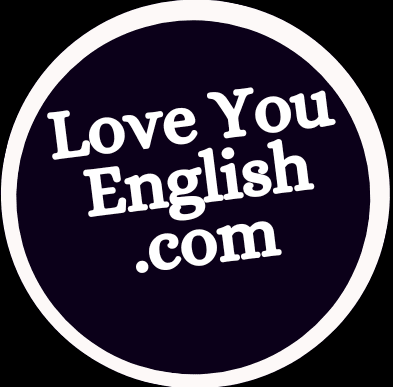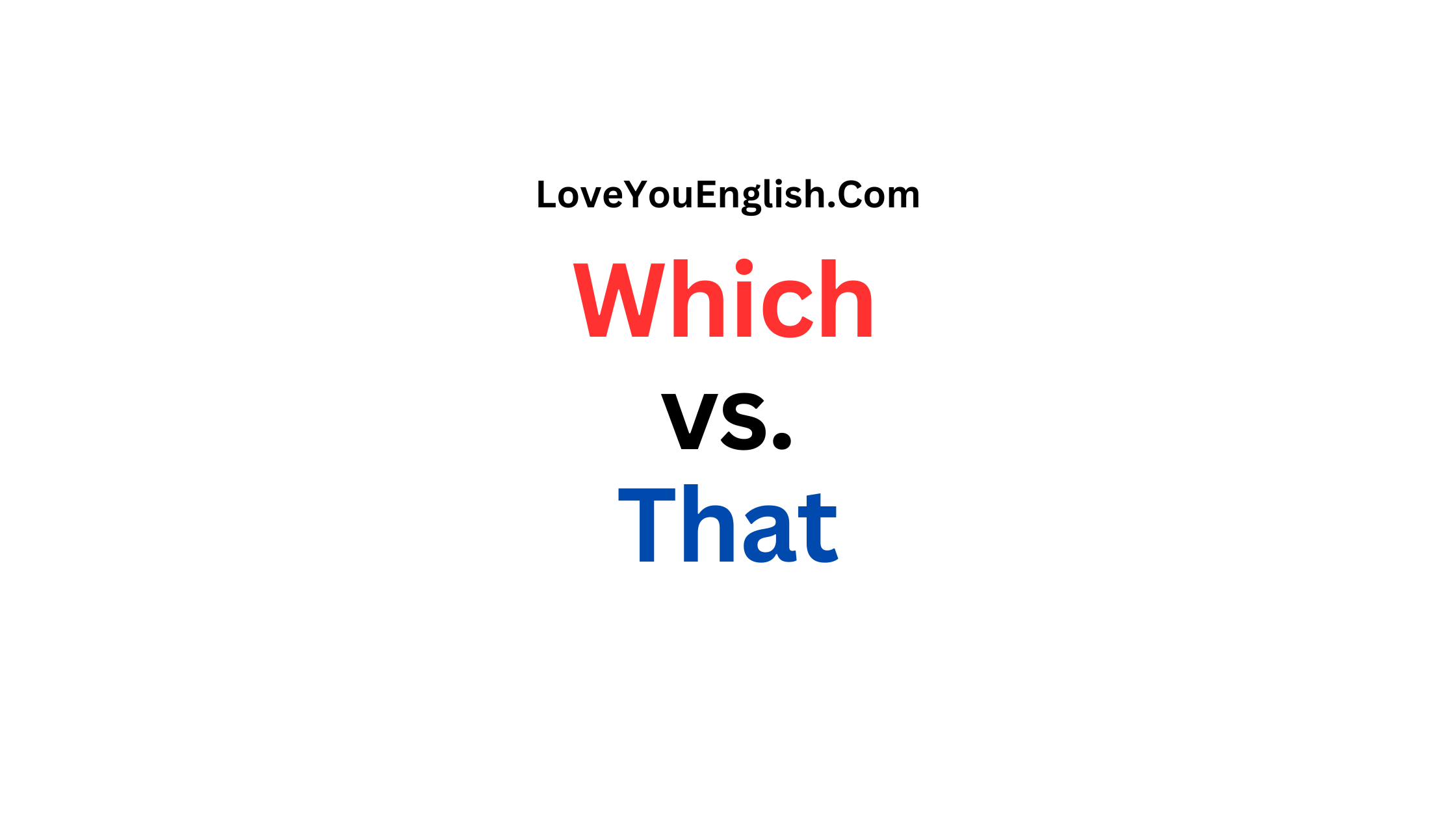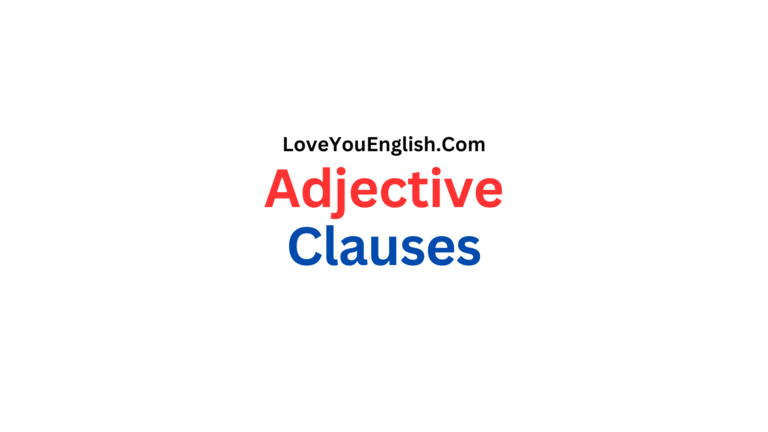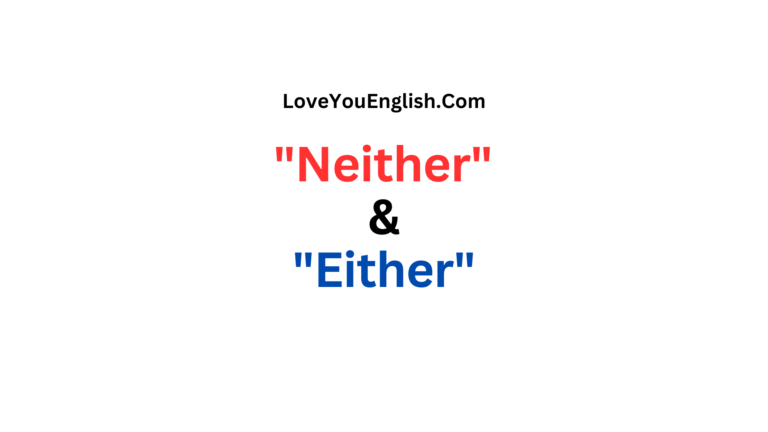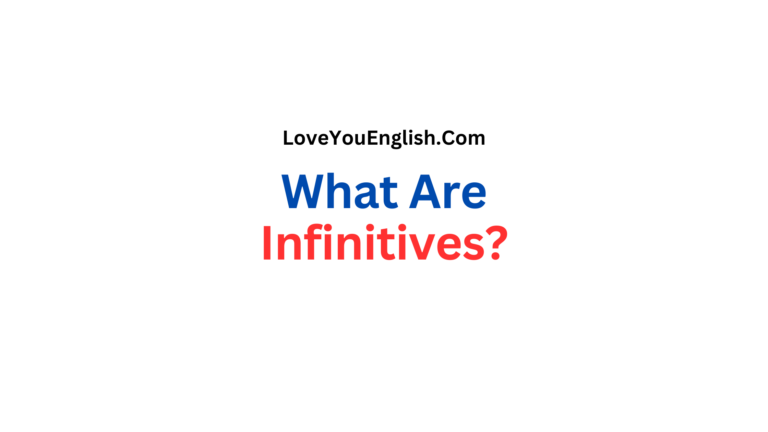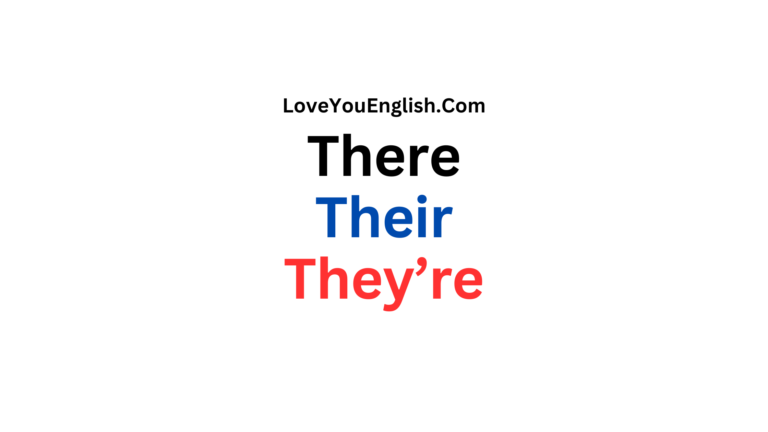Difference Between “Which” and “That”
Difference Between “Which” and “That”
English grammar can be tricky, especially when it comes to knowing when to use “which” and “that.”
These two words are often used to introduce clauses that provide more information about a noun.
Although they might seem interchangeable, they have specific roles and rules that dictate their proper usage.
Understanding the difference between “which” and “that” can greatly improve your writing clarity and precision.
Let’s break down the distinction in the simplest terms possible.
Understanding Clauses
Before diving into the differences between “which” and “that,” it’s essential to understand what clauses are.
Clauses are groups of words that contain a subject and a predicate.
In simpler terms, they are parts of a sentence that include a noun (subject) and a verb (predicate).
There are two main types of clauses:
Restrictive (or defining) clauses: These clauses provide essential information about the noun they modify. Without these clauses, the meaning of the sentence would change.
Non-restrictive (or non-defining) clauses: These clauses add extra information about the noun. However, the sentence would still make sense if these clauses were removed.
The Role of “That”
“That” is used to introduce restrictive clauses.
These clauses are crucial for understanding the sentence because they define the noun they are modifying.
Without the information provided by the clause, the sentence would be incomplete, or the meaning would change.
Examples of “That” in Restrictive Clauses
Books that are on the top shelf are mine.
The car that is parked outside is red.
The students that study hard will pass the exam.
-
- “That study hard” defines which students will pass the exam. Without this information, the sentence would lose its intended meaning.
Key Points to Remember About “That”
- Use “that” for essential information (restrictive clauses).
- Do not use commas before “that” in restrictive clauses.
- “That” helps define and specify the noun it’s modifying.
The Role of “Which”
“Which” is used to introduce non-restrictive clauses. These clauses add extra information about the noun, but the sentence would still make sense if the clause were removed. Non-restrictive clauses are like additional comments or details that are not essential to the main point of the sentence.
Examples of “Which” in Non-Restrictive Clauses
The book, which is on the top shelf, is mine.
-
- “Which is on the top shelf” is a non-restrictive clause. It adds extra information about the book, but even without it, the sentence “The book is mine” still makes sense.
The car, which is parked outside, is red.
-
- In this example, “which is parked outside” provides additional details about the car. The main point is that the car is red, and this remains clear even without the clause.
The students, which study hard, will pass the exam.
-
- “Which study hard” gives extra information about the students. The main idea is that the students will pass the exam, and this meaning stays intact without the clause.
Key Points to Remember About “Which”
- Use “which” for non-essential information (non-restrictive clauses).
- Always use commas to set off the non-restrictive clause.
- “Which” adds extra details but does not define the noun.
Practical Tips for Using “Which” and “That”
Tip 1: Determine the Importance of the Clause
Ask yourself if the information provided by the clause is essential to the meaning of the sentence. If it is, use “that.” If it’s additional, non-essential information, use “which.”
Tip 2: Use Commas with “Which”
Remember that non-restrictive clauses introduced by “which” should be set off by commas. This helps indicate that the clause is an extra piece of information.
Tip 3: No Commas with “That”
Restrictive clauses introduced by “that” should not have commas. This indicates that the information is crucial for understanding the sentence.
Tip 4: Consider the Clarity of Your Sentence
Think about how the sentence reads without the clause. If the main point of the sentence remains clear without the clause, use “which.” If the sentence loses its specific meaning without the clause, use “that.”
Common Mistakes and How to Avoid Them
Mistake 1: Using “Which” Without Commas
Incorrect: The book which is on the top shelf is mine.
Correct: The book, which is on the top shelf, is mine.
Mistake 2: Using “That” with Commas
Incorrect: The car, that is parked outside, is red.
Correct: The car that is parked outside is red.
Mistake 3: Using “Which” for Restrictive Clauses
Incorrect: The students which study hard will pass the exam.
Correct: The students that study hard will pass the exam.
Mistake 4: Using “That” for Non-Restrictive Clauses
Incorrect: The painting, that was sold at the auction, is a masterpiece.
Correct: The painting, which was sold at the auction, is a masterpiece.
Practice Makes Perfect
To master the use of “which” and “that,” practice is key.
Try writing sentences and identifying whether the clause is restrictive or non-restrictive.
Here are a few exercises to help you practice:
Exercise 1: Identify the Clause Type
- The dog that barks loudly belongs to my neighbor.
- My house, which is painted blue, is at the end of the street.
- The flowers that bloom in spring are my favorite.
- The car, which has a sunroof, is very comfortable.
Answers
- Restrictive (that barks loudly)
- Non-restrictive (which is painted blue)
- Restrictive (that bloom in spring)
- Non-restrictive (which has a sunroof)
Exercise 2: Fill in the Blanks
- The computer ___ is on the desk is new.
- My brother, ___ loves to play soccer, is very athletic.
- The cookies ___ are in the jar are homemade.
- The tree, ___ is in the backyard, is very tall.
Answers
- that
- which
- that
- which
Conclusion
Understanding the difference between “which” and “that” is crucial for clear and precise writing.
Remember that “that” introduces restrictive clauses that are essential to the sentence, while “which” introduces non-restrictive clauses that add extra information.
Using these words correctly will make your writing more effective and easier to understand.
By practicing and keeping these simple rules in mind, you can confidently choose between “which” and “that” in your sentences.
Happy writing!
_____________________
Check out these awesome grammar books I recommend:
High School English Gram & Comp – by WREN & MARTIN
OXFORD ENGLISH GRAMMAR COURSE ADVANCED WITH KEY (WITH EBOOK)
